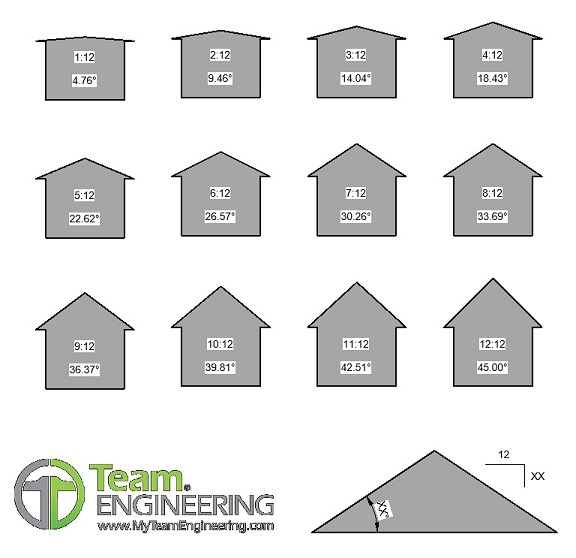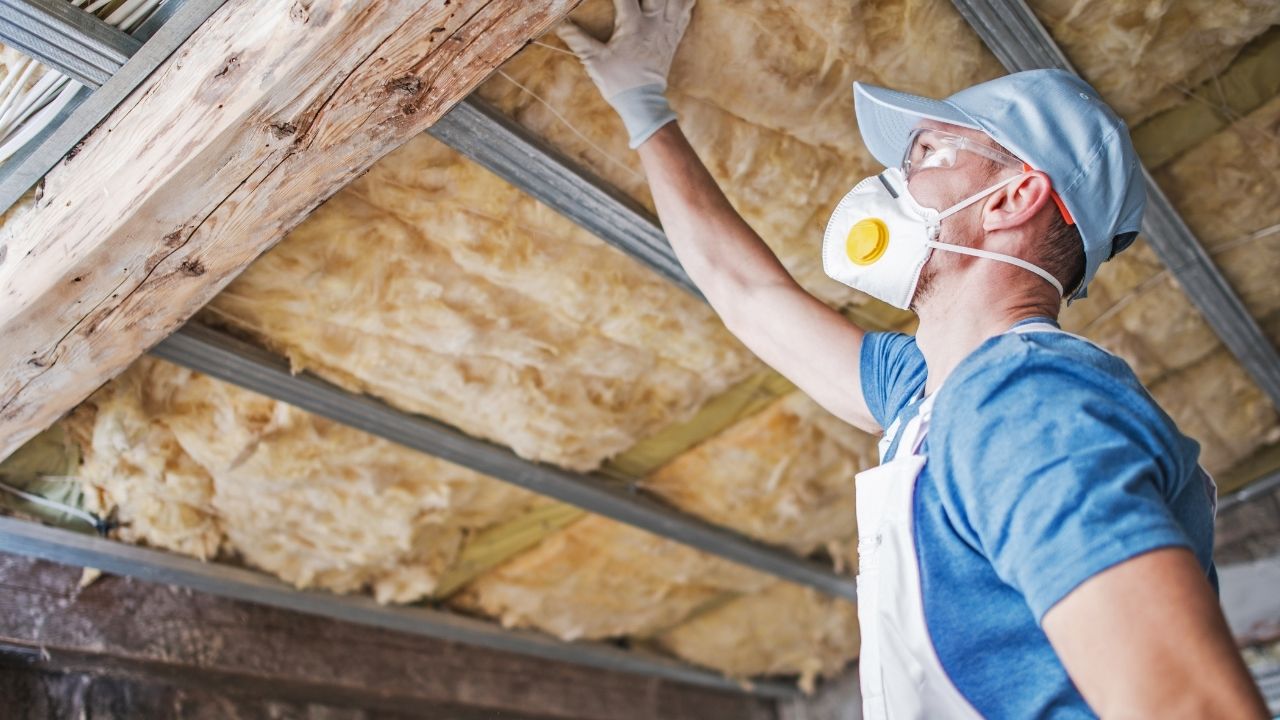
A thin rectangle of wood or some other material is called a "shingle" and it can be described as such. It is commonly used as the siding of a home, playground, or other building. Its Latin name "scindere" means "to break." People use shingles for many purposes, including for playground floors and house siding. Shingles can be made from a variety materials such as asphalt, cedar or sandstone.
Granules used for asphalt shingles are versatile. They can be made to reflect sunlight and reduce solar heat. In warmer climates, solar-reflective Shingles are a good choice, as they reflect the sun. Similar to 3-tab shingles they are lightweight and flat at about 12 inches tall. They are great for low-slung homes because the exposed part is notched.

Another common application for shingles are roofing and construction. This durable material is generally found on the edges of natural water bodies and beaches. It can also be used to create pathways and paver stones. This is one the most used types of crushed Granite. It comes in many sizes, shapes, colors, and colors. It is an affordable and versatile roofing material. It is a versatile and affordable roofing material that you can use to build a home.
Depending on where your home is located, you might have to choose another type of roof. Certain types of roofs are required by the local building codes. Other types may be prohibited under HOA rules. Architectural roofing can be made to look like other materials such as concrete or stone tiles. This is a heavier option and will require reinforcement of the roof structure. A roof made from this material will often be more expensive than one made from asphalt shingles.
Underlayment must be applied before a shingle can be installed. Valley flashing is a metal piece, and must be corrosion-resistant and stain-free. This shingles should be installed first before the valley flashing. The ice and waterproof protector membrane is then applied. The underlayment must be adhered with adhesive to the shingles. However, the most important part of a roofing job is the ice/water protector membrane.

The shingle protects the exterior of a house. It protects the exterior from the weather, provides warmth, and repels water. It also protects against rot. A shingle should be properly installed to last at least 20 years. A shingle can survive for as long as two decades. Its durability can be affected by the materials used in its creation, including the manufacturer and its place of origin. A shingle can endure winds of up to 80 MPH.
FAQ
What should I do first in a house renovation?
You must first clear out the clutter outside and inside your home. You will need to clean out all moldy areas and repair any leaky pipes. Finally, you'll need to repaint the interior. Next, clean the exterior surfaces and paint.
How many times do I need to change my furnace filter?
How often your family expects to use the heating system in their home will determine the answer. You might consider changing your filter less frequently if you are likely to be away from your home for extended periods during the cold months. You may be able wait longer between filters changes if you don't often leave the house.
A furnace filter should last for approximately three months. This means that you should replace your filters every three months.
The manufacturer will also give you recommendations on when to change your filter. Some manufacturers suggest changing your filter every heating season. Others recommend waiting until you see dirt buildup.
Do I need an architect or builder to help me?
It might be easier to have someone else do the work if you're planning on renovating your own house. You can hire an architect to help you design the perfect home.
Are you able to live in a renovated house?
Yes, I can live inside a house while I renovate it.
Can you live in a house while renovations are going on? The duration of the construction works will affect the answer. If the renovation takes less time than two months, then no, you can still live in your home during construction. If the renovation takes longer than two weeks, however, you can't live in your home during the construction.
You should not live in your house while there is a major building project underway. This is because you could be injured or even killed by falling objects on the construction site. You could also suffer from noise pollution and dust caused by the heavy machinery used on the job site.
This is especially true if you live in a multi-story house. In such cases, vibrations and noises from construction workers may cause irreparable damage to your property.
You will have to live in temporary accommodation while your home renovations are underway. This means you won’t have the same amenities as your own home.
For example, you will not be able to use your washing machine and dryer while they are undergoing repair. The workers will make loud banging noises, paint fumes, and chemicals obstruct your ability to use your dryer and washing machine.
All of these factors can create stress and anxiety for you and your loved ones. So it is important that you plan ahead so you don't feel overwhelmed by all the circumstances.
When you decide to start renovating your home, it is best to do some research first so that you can avoid making costly mistakes along the way.
Also, it is a good idea to get professional help from a reputable contractor in order for everything to go smoothly.
Do you prefer to do walls or floors first?
The best way for any project to get started is to decide what you want. It is important that you think about how and who you want to use the space. This will help to decide whether flooring or wall coverings is best for you.
Flooring may be an option if you are planning to make an open kitchen/living room. If you have chosen to make this room private then you could opt for wall coverings instead.
Statistics
- On jumbo loans of more than $636,150, you'll be able to borrow up to 80% of the home's completed value. (kiplinger.com)
- They'll usually lend up to 90% of your home's "as-completed" value, but no more than $424,100 in most locales or $636,150 in high-cost areas. (kiplinger.com)
- It is advisable, however, to have a contingency of 10–20 per cent to allow for the unexpected expenses that can arise when renovating older homes. (realhomes.com)
- The average fixed rate for a home-equity loan was recently 5.27%, and the average variable rate for a HELOC was 5.49%, according to Bankrate.com. (kiplinger.com)
- ‘The potential added value of a loft conversion, which could create an extra bedroom and ensuite, could be as much as 20 per cent and 15 per cent for a garage conversion.' (realhomes.com)
External Links
How To
How do I plan for a whole house renovation?
Planning a home remodel takes planning and research. There are many things you should consider before starting your project. You must first decide what type home improvement you want. You could choose from different categories such as kitchen, bathroom, bedroom, living room, etc. Once you know which category you would like to work on, you'll need to figure out how much money you have available to spend on your project. If you don't have experience with working on houses, it's best to budget at minimum $5,000 per room. If you have some previous experience, you may be capable of getting away with a lower amount.
Once you know how much money your budget allows you to spend, then you will need to decide how big a job it is you are willing to take on. A small kitchen remodel will not allow you to install new flooring, paint the walls, or replace countertops. If you have the money to do a complete kitchen remodel, you will be able to handle almost anything.
Next, find a contractor who is skilled in the type and scope of work you wish to undertake. This will guarantee quality results, and it will save you time later. Once you have found a reliable contractor, it is time to start gathering supplies and materials. It depends on how large your project is, you might need to buy everything made from scratch. There are many stores that offer pre-made products so it shouldn't be difficult to find what you need.
Once you've gathered the supplies needed, it's now time to start planning. First, you'll want to draw up a rough sketch of where you want to place furniture and appliances. Next, plan the layout. Make sure that you leave space for plumbing and electrical outlets. You should also place the most frequently used areas closest to the front door, so visitors have easy access. The final step in your design is to choose colors and finishes. To save money and keep your budget low, you should stick to neutral tones.
Now it's time to build! Before you begin construction, it's important to check your local codes. Some cities require permits. Other cities allow homeowners without permits. To begin construction you will first need to take down all walls and floors. To protect your flooring, you will lay plywood sheets. Then, you'll nail or screw together pieces of wood to form the frame for your cabinets. You will attach doors or windows to the frame.
There will be some finishing touches after you are done. You'll likely want to cover any exposed wires and pipes. This can be done with plastic sheeting and tape. You will also need to hang photos and mirrors. Just remember to keep your work area clean and tidy at all times.
If you follow these steps, you'll end up with a beautiful, functional home that looks great and saves you lots of money. Now that you know how to plan a whole house remodeling project, you can go ahead and get started!